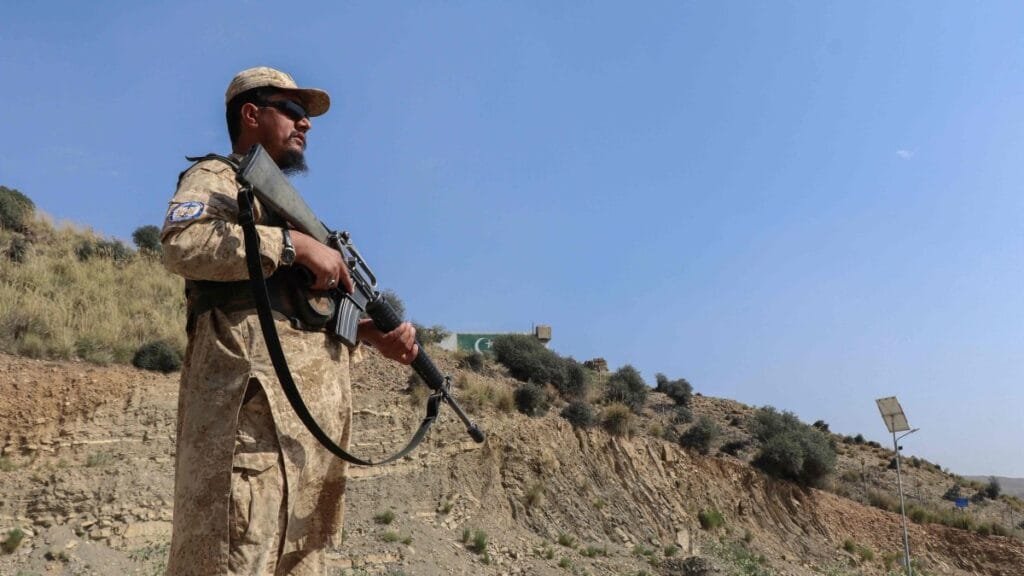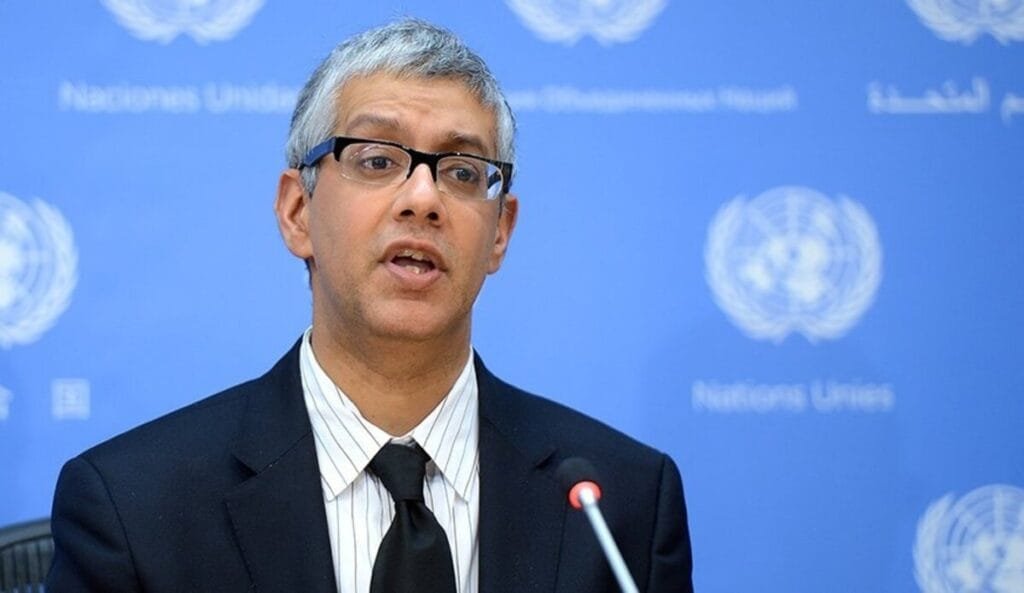U.S. President Donald Trump announced the implementation of sweeping reciprocal tariffs on imports from all nations, a move he proclaimed as “Liberation Day” for American industry. This policy aims to address longstanding trade imbalances and bolster domestic manufacturing by imposing tariffs that mirror those levied against U.S. exports.
The executive order establishes a baseline tariff of 10% on all imports, with higher rates applied to specific countries based on their existing trade practices. Notably, Chinese and Taiwanese goods will face tariffs of 34%, European Union imports 20%, and Indian products 26%. Additionally, a 25% tariff has been imposed on all automobile imports.
President Trump justified these measures by citing a $1.2 trillion trade deficit and asserting that foreign nations have exploited the United States through unfair trade practices. He emphasized that the tariffs are designed to revitalize domestic manufacturing, create jobs, and enhance national security.
The announcement has elicited a range of reactions domestically and internationally. Economists and business leaders have expressed concerns about potential increases in consumer prices and disruptions to global supply chains. There is also apprehension about possible retaliatory measures from affected countries, which could escalate into broader trade conflicts.
In the United Kingdom, the government is particularly concerned about the 10% tariff on UK exports, especially in sectors like automotive and pharmaceuticals. Efforts are underway to engage in diplomatic negotiations aimed at mitigating the impact of these tariffs.
The tariffs are set to take effect on April 5, with stricter measures for certain countries commencing on April 9. As the global community assesses the implications of this significant shift in U.S. trade policy, the potential for retaliatory actions and the broader impact on international trade dynamics remain areas of close scrutiny.





